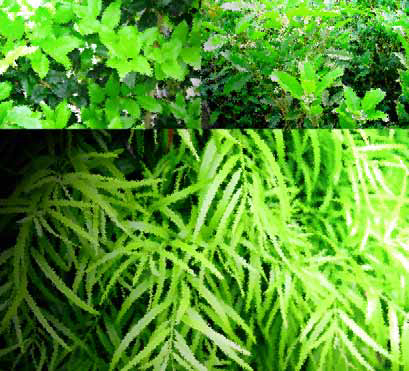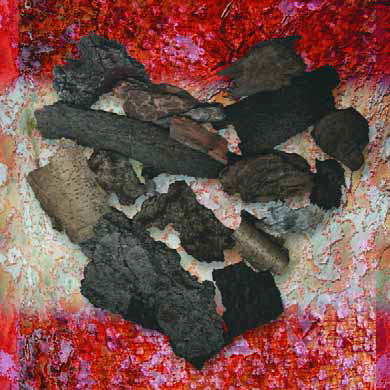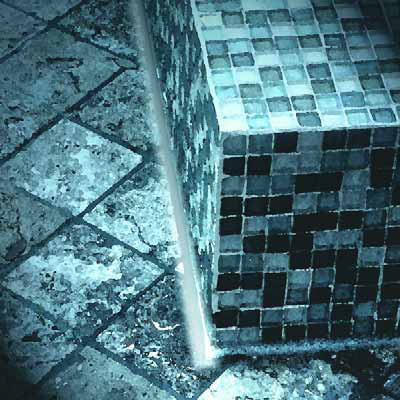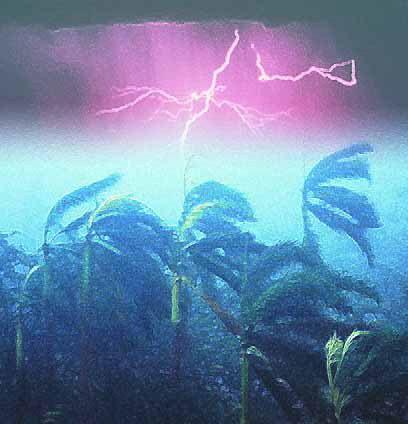Landscape, Plants, Hardscape & Decks
Although we think of them together as activities in the world of exterior design, watershaping and landscaping have some significant distinctions. The watershapers who design and build pools, spas, fountains and waterfeatures, for instance, fully intend them to be structurally static and unchanging (a firm hope, anyway, especially in earthquake country) once they are completed. By contrast, the landscape professionals who design and install the gardens, trees and plants that may surround a watershape work with dynamic, constantly changing materials. What this means is that perfection is a much more elusive quality for landscape professionals by comparison to watershapers. Indeed, for us on the green side, achieving the kind of perfection one often
Although we think of them together as activities in the world of exterior design, watershaping and landscaping have some significant distinctions. The watershapers who design and build pools, spas, fountains and waterfeatures, for instance, fully intend them to be structurally static and unchanging (a firm hope, anyway, especially in earthquake country) once they are completed. By contrast, the landscape professionals who design and install the gardens, trees and plants that may surround a watershape work with dynamic, constantly changing materials. What this means is that perfection is a much more elusive quality for landscape professionals by comparison to watershapers. Indeed, for us on the green side, achieving the kind of perfection one often
Like most everything in life, "Natural Companions" has evolved through the years. When I first started writing this column in 1999, I focused primarily on topics related to combining plants and watershapes and wrote a lot about surrounding hard structures with greenery in sensible and sustainable ways. As the New Year approaches, I've been thinking about how things have changed with the column and where it's now heading. I distinctly recall having the sense about four years ago that
Natural stone is certainly the most time-honored of all building materials. From the pyramids of Egypt to the temples and civic buildings of ancient Greece and Rome; from the palaces and villas of the Renaissance to the most contemporary structures of our modern era, we see a material forged within the earth for millions of years that has been painstakingly quarried and shaped into myriad forms both functional and decorative. Even with the advent of cementitious components and a range of other manufactured substitutes, stone remains the material of choice in a great many applications. In fact, the range of natural stone materials available to designers and builders expands almost daily in response to the specific demands of watershapers and other designers and contractors - and there's no end in sight. Our company, tr stone, is a U.S. distribution facility owned and operated by one of the world's largest stone producers, Tureks, based in Afyon, Turkey. The best thing about the marketplace from the perspective of designers and builders is that high-quality stone is now available from a wide range of domestic and foreign sources in a number of distinctive
It's that time of year when our thoughts begin turning to the beautiful colors of the fall - and the subsequent bareness of winter. Whether you're in the coldest northern reaches or enjoy the relative warmth of the Sunbelt, we all are aware that fall is a transition to a time when the annuals will fade once and for all and the deciduous plants will drop their leaves. But I propose that it doesn't have to be so - or at least that we can minimize the seasonal holes in our gardens through thoughtful use of evergreen trees and shrubs. These are the most abundant of all plant types, after all, and the bones of
As a landscape designer and installer, I have an abiding fascination with stone. I love the feel of it and its myriad colors, veins, streaks, shapes and textures, and I particularly admire its strength and flexibility. We pave with it, sculpt it and run water over, under and through it. It doesn't need painting or much care, looks great with plant material and has, as those who work with stone will point out, a timeless quality that cannot be reproduced with artificial materials. The best thing about stone is that when you use even one piece in an aesthetically meaningful way, you've
Sometimes, it's the simple things that trip you up. As a case in point, I was recently called by a homeowner who was wondering why the tile was falling off the outside wall of a raised pool that had just been installed by another builder. Unfortunately, that builder apparently hadn't known how to pull off this standard detail. The pool had been raised eight inches out of the ground in keeping with the design intent. This is a detail I use frequently to create a seating area around pools, but I was a bit mystified by this particular choice of elevation: It was too high to be a step (most building codes call for maximum 7-1/2-inch outdoor risers) and too low to serve very well as a bench. (Actually, it was just about right for
With a busy schedule, it's too easy to use the same tools repeatedly in project designs. Yes, you can mitigate the repetition to a certain extent by using those tools differently each time, but the fact remains that many of us tend to design over and over again with the same plants, hardscape materials and structural approaches because it's what we know and trust. But let's face it: Most clients don't want exactly what someone else has; instead, they want one element from this garden and a special plant from that one. From a design perspective, selecting new plants every time is
Throughout my design career, I have repeatedly expressed to clients that their gardens are dynamic, constantly changing and only to a very minimal degree under anyone's control. You can plant, water, fertilize, cultivate and prune - "and if you're lucky," I say, "you'll enjoy the fruits of your labors in the form of a visual feast." But that's only if you're lucky, I continue, because no matter what we do to nurture gardens, they are always subject to the whims of Mother Nature. From the smallest annual to the most statuesque tree, no garden is immune. Even though I've always had this talk with clients, however, I've always held the mild belief that it's possible in some ways to stay a step ahead of her by being vigilant and active. I learned the other day at first hand that she





















